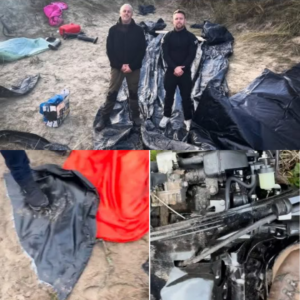Did the events of Guy Ritchie’s The Ministry of Ungentlemanly Warfare actually take place during World War II?
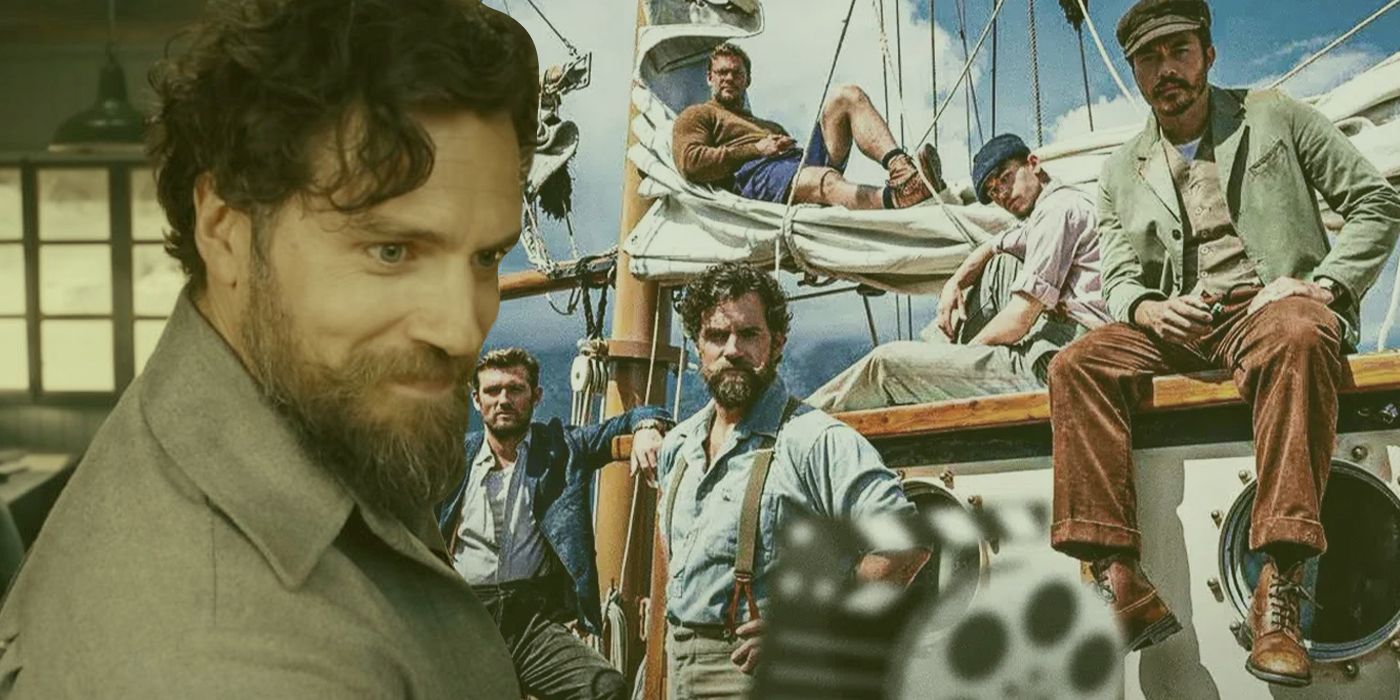
Guy Ritchie’s next project takes his fascination with gentlemen to the heart of World War II in The Ministry of Ungentlemanly Warfare. The project has a phenomenal cast, including Henry Cavill, Alan Ritchson, Alex Pettyfer, Cary Elwes, Hero Fiennes-Tiffin, Babs Olusanmokun, and Eiza González. Alongside that impressive talent, legendary producer Jerry Bruckheimer is also overseeing the movie.
The Ministry of Ungentlemanly Warfare tells the story of the Special Operations Executive, a secret task force established by Winston Churchill to win the Second World War. This unofficial task force is sent to Fernando Po to sabotage supply lines to Nazi U-Boats. This would allow America to join the Allies, and help defeat the Nazis. The Ministry of Ungentlemanly Warfare is bound to be packed with spectacular action, as the first trailer showcases. But, is it based on a true story?
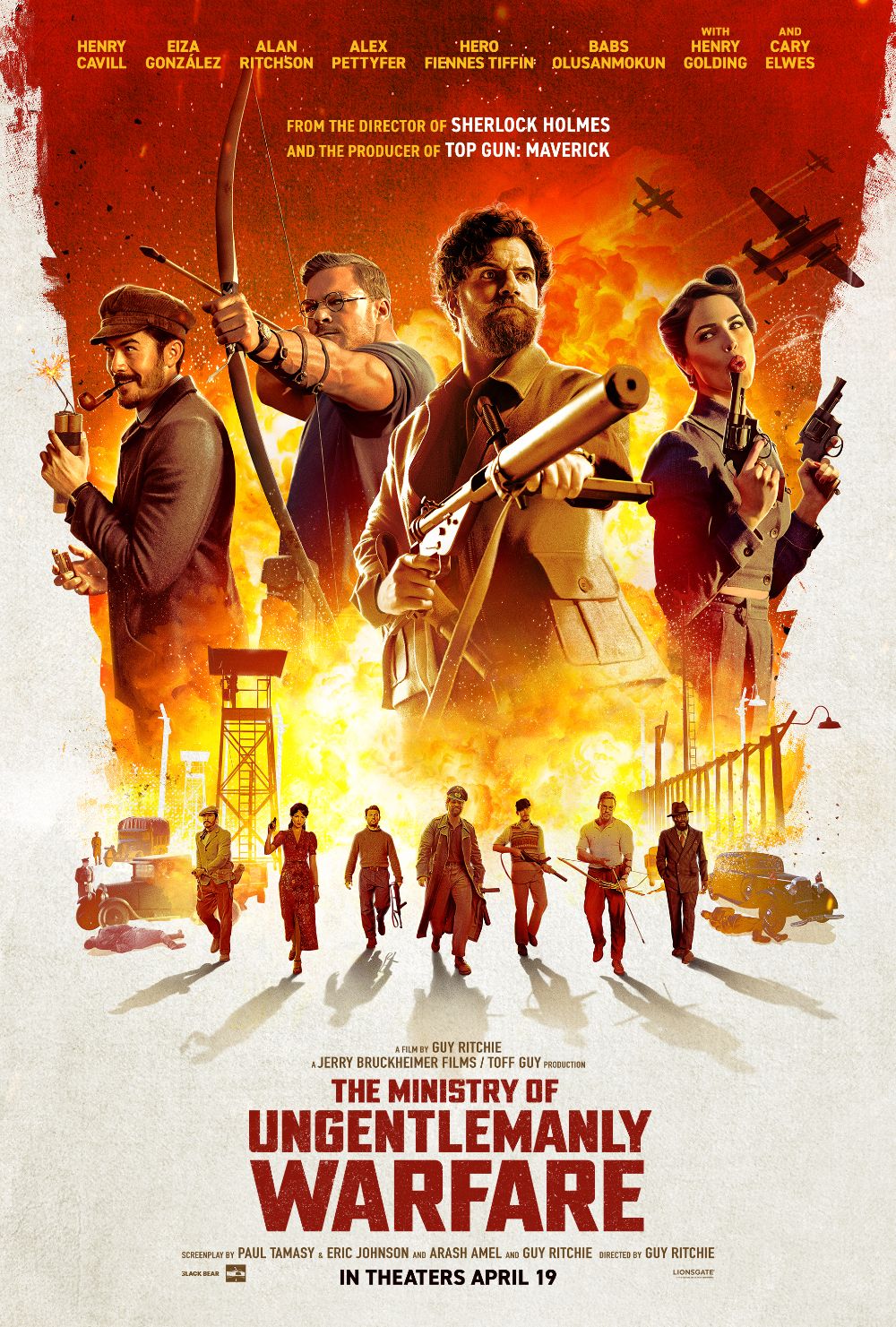
The Ministry of Ungentlemanly Warfare Is Based on a Real Mission and Team
The Ministry of Ungentlemanly Warfare is heavily inspired by real events and people. The Special Operations Executive (SOE) was a real task force created by Winston Churchill. The group was formed in 1940, one year into the Second World War. While The Ministry of Ungentlemanly Warfare only shows one of their missions, Operation Postmaster, the SOE operated for years across Europe, and was responsible for sabotage, reconnaissance, and aiding local resistance fighters.
The SOE was formed from the merger of three British intelligence services during WWII; Department EH (tasked with creating propaganda), Section D (formed by the SIS/MI6), and GS (created by the British War Office). The new task force was led by Brigadier Gubbins (Cary Elwes), who also went by the moniker ‘M’ — more on that later. To avoid targeting by German bombers during the Blitz, the SOE offices were scattered across Britain, utilizing small houses and flats as their bases of operation, instead of discernible office buildings.
Operation Postmaster was a real mission undertaken by the SOE. The mission involved sailing to Fernando Po while avoiding German U-boats and British war vessels. Once there, the team was tasked with stealing two Nazi cargo liners — which were used for re-stocking Nazi U-boats — and towing them to Lagos. During the mission, the SOE also captured the Italian merchant ship, the Duchessa d’Aosta.
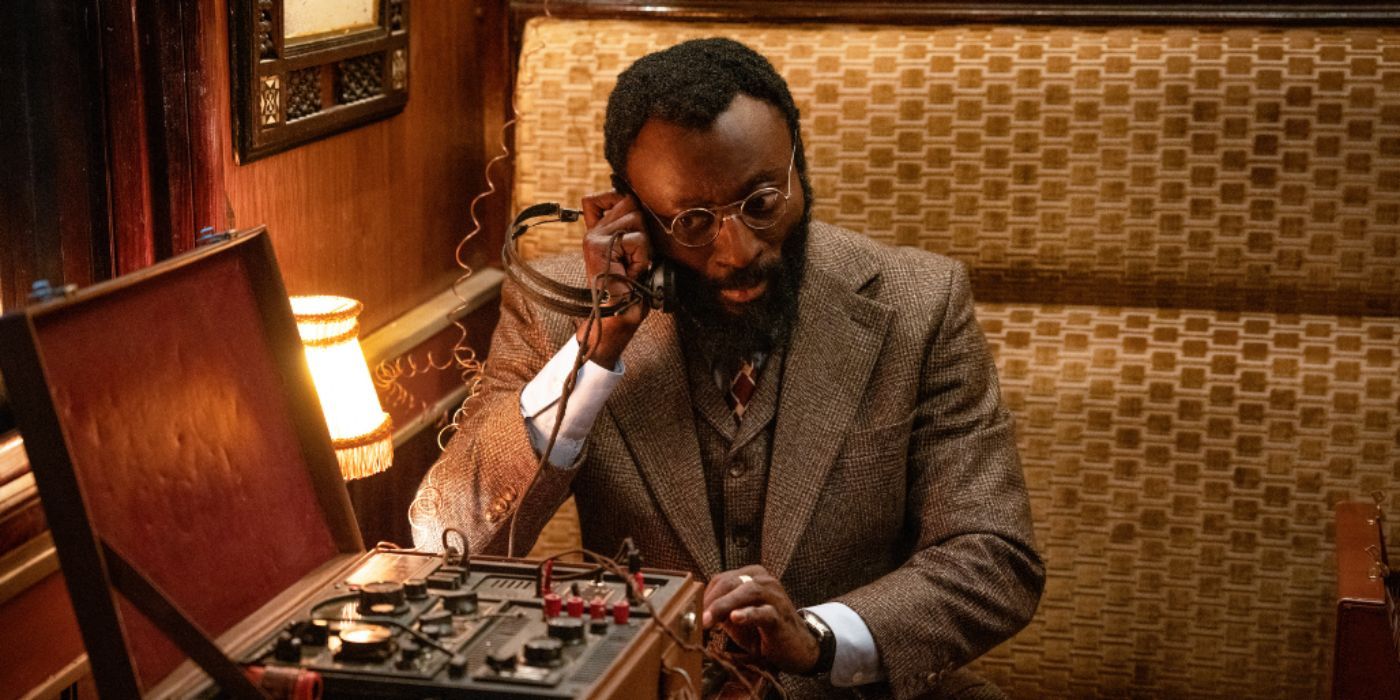
The SOE seen in The Ministry of Ungentlemanly Warfare is a motley crew of renegade soldiers, closely resembling the likes of The Suicide Squad. This depiction is slightly exaggerated in Guy Ritchie’s movie. However, most of the characters seen in the film are based on real people. Gus March-Phillipps (Henry Cavill) was a real soldier and led Operation Postmaster during World War II. Alan Ritchson’s character, Anders Lassen, also caught the eye of audiences in the trailers, thanks to the actor’s imposing size, and his character’s decision to use a bow and arrow. Lassen was also a real soldier and was nicknamed the “Robin Hood Commando” due to his unique choice of weaponry.
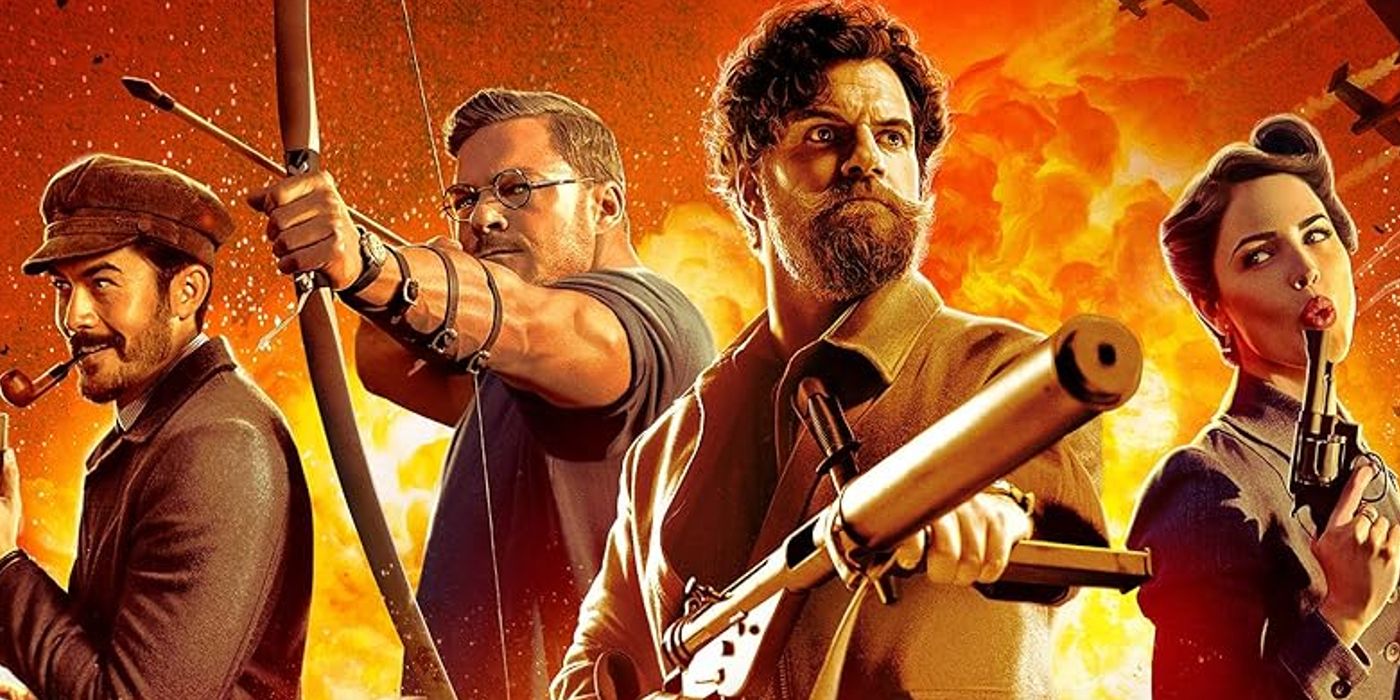
Outside of Operation Postmaster, the SOE would have a massive influence on the Allied victory. The group partook in countless missions throughout the Second World War, many of which are still redacted from public records. Interestingly, their story also ties into one of 2023’s biggest blockbuster events. While Oppenheimer told the story of America’s race to develop the Atom Bomb, the SOE was busy sabotaging the Nazi’s efforts. In 1943, the SOE destroyed the Norsk Hydro Plant in Norway. The plant was responsible for producing ‘heavy water’ (water formed of denser hydrogen atoms) for the Nazis’ atomic bomb program.
James Bond Was Inspired by the Special Operations Executive
Upon watching The Ministry of Ungentlemanly Warfare, or scrolling through its IMDb page, the name Ian Fleming keeps reappearing. The famous British novelist is best known for creating the 007 series of books, which were later adapted into the James Bond franchise.
Ian Fleming was actually a member of the Special Operations Executive. While he did not fight directly with the team during Operation Postmaster, Fleming was a member of the Royal Navy’s Intelligence Department and joined the SOE as an intelligence operative. Ian Fleming is portrayed by English actor Freddie Fox (The Gentlemen) in The Ministry of Ungentlemanly Warfare. Following World War II, Ian Fleming fictionalized his time with the SOE, creating the beloved 007 spy novels we know today.
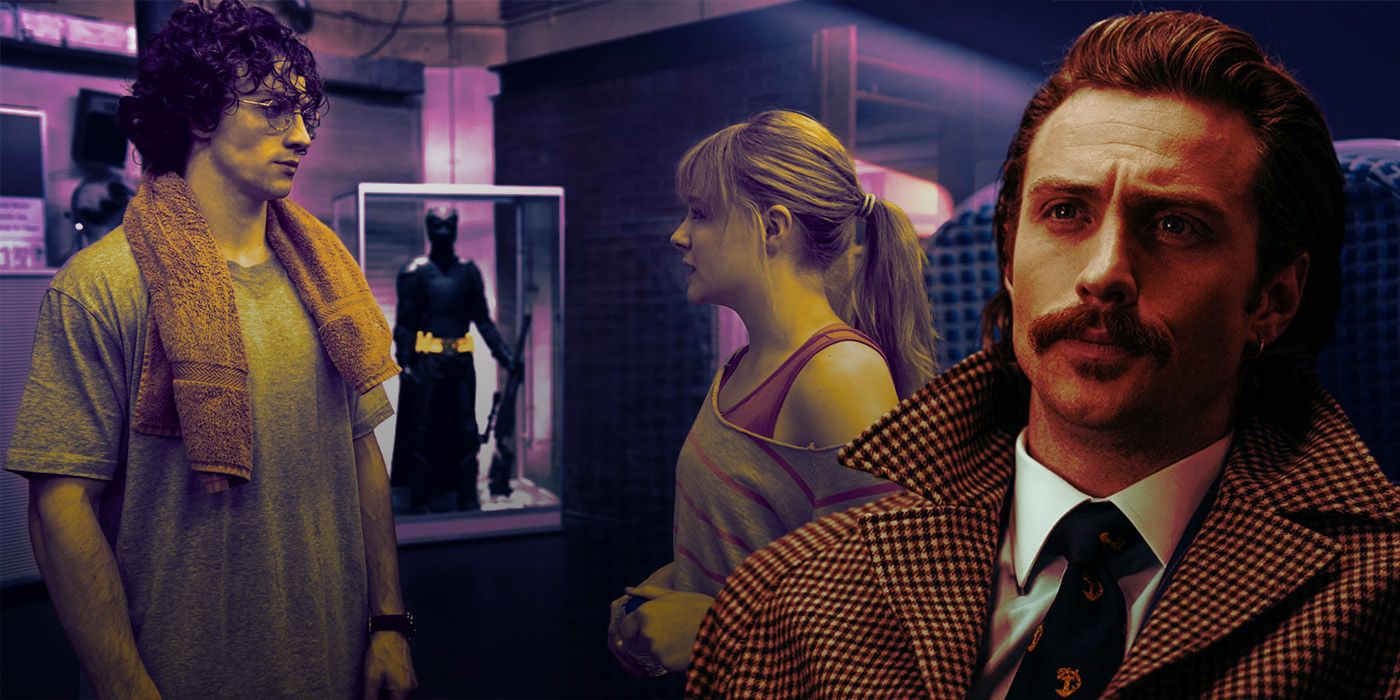
James Bond himself is believed to be inspired by Major Gus March-Phillips (ironically played by Henry Cavill). The head of MI6 in Fleming’s 007 universe is famously known as “M.” This was directly taken from Brigadier Gubbins’s own moniker. Interestingly, Cary Elwes’ grandfather was famously in the SOE and worked under Gubbins. Nearly 80 years later, Elwes is bringing his grandfather’s boss to life on screen.
The Ministry of Ungentlemanly Warfaredoes alter certain characters and events slightly. During MovieWeb’s exclusive interview with producer Jerry Bruckheimer, he addressed the changes Guy Ritchie made in bringing the story to life. “All the historical events came out of the script, obviously… There wasn’t much humor in the original story, so he brought all that to it, which makes it so much more fun.”
The Ministry of Ungentlemanly Warfare hits theaters on April 19.



